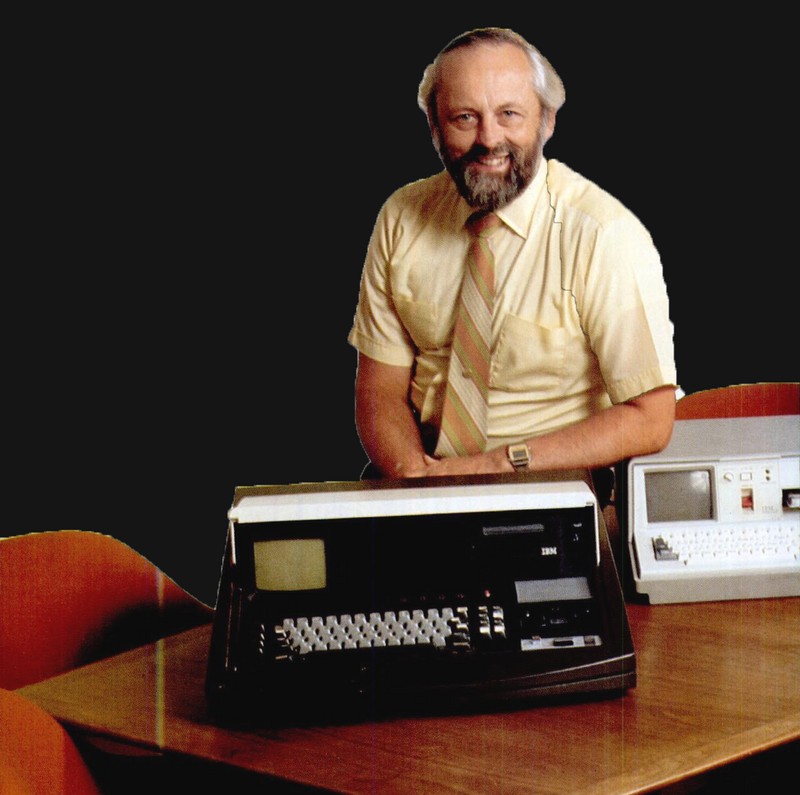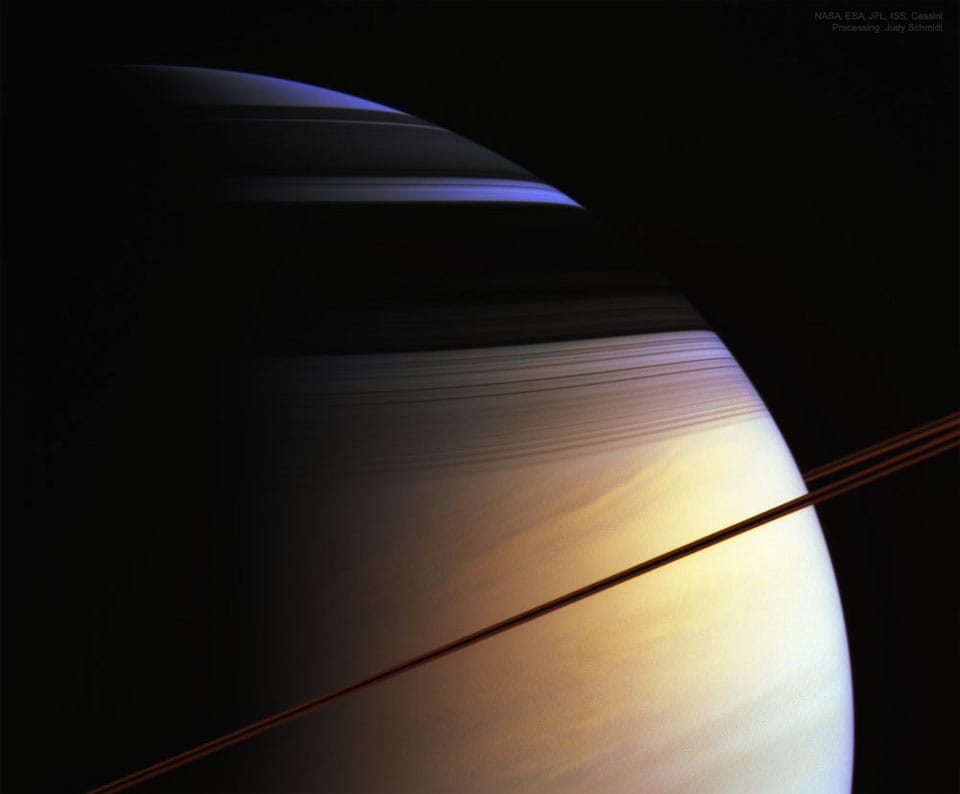Friday, June 28, 2024

Good morning. How are you? I am fine.
Item 1: a link

Back in 1972-73, Paul Friedl and others at IBM cobbled the SCAMP (Special Computer, APL Machine Portable) together from a bunch of parts. This was what passed, in those days, for a portable computer.
Friedl and his colleagues used the SCAMP in over one hundred demonstrations. A menu on the screen indicated possible uses – as a calculator or for financial analysis, project planning, educational drill, engineering analysis, or statistical analysis. The machine served as a prototype for the IBM 5100 portable computer, a machine announced in 1975 that sold for between $8975 and $19,575 and found a range of applications. Some consider the SCAMP as the grandfather of the highly successful IBM Personal Computer (IBM 5150), introduced in 1981.
You can see in the photo below how the part with the screen could fold down into a marginally more compact size, perfect for tweaking one's back trying to lug it to and from the office. Still, this goofy device was much more convenient to carry than its extremely influential grandchild. Plus it has a friggin' tape deck.
Item 2: a list
High school grades, ranked:
- Senior year
- Sophomore year
- Freshman year
- Junior year
Item 3: a media recommendation
Donovan - Season of the Witch
Item 4: word of the week
Fossick
I've been fossicking through my desk drawers for hours with no luck. Where did I put those darned Vanderpump Rules temporary tattoos?
Item 5: a photograph

See ya!
Thanks for reading. I hope you found something to enjoy in this issue. Or, failing that, I hope you appreciated how little time you wasted reading it.
See you next week.
Member discussion